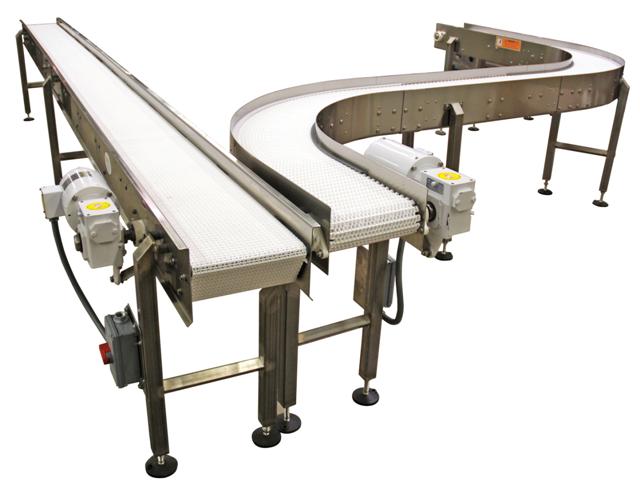The entire world is full of conveyor belts. Pulled together a system conveyor rollers, these amazing components of technology often go unnoticed and they are underappreciated, but the entire world might be a very different place without them. They are utilised for anything from moving heavy containers around shipping warehouses to a crucial element in food manufacturing operations.
Deep within the Western Sahara, in the middle of nothing else but unwelcoming wasteland, stands the world’s biggest conveyor belt system. It is so large in fact, that it can be seen from space. This massive framework stretches over 61 kilometers and it is utilized to carry phosphate stone throughout the desert.
The automated conveyor belt system begins its journey at the Bou Craa Phosphate Mine. Phosphate is used as a vital agricultural fertilizer and this Moroccan-controlled territory has around 85% of the planet’s current reserves. Phosphate is in demand around the world and we use up about Forty million tonnes per year, so it’s obvious why this type of big structure needed to be built. The belt type is ST 2500 and it is only 80cm wide but has a peak carrying capacity of 2000 tonnes of crude phosphate rock an hour. The numerous conveyor rollers that comprise this system are very important to its sleek operation.
Fastrax Conveyor Roller is truly a site that is loaded with lots of up to date information about Steel Rollers.
The Bou Craa phosphate mine was discovered in The late 1940s by the Spanish. The phosphate deposits situated in the area were uncommonly close to the surface and were of specially high purity, therefore it made it a great place to mine, although mining didn’t fully begin before the 1960’s. Since the commencement of operations, the mine has continued to grow and today covers an incredible 1,225 hectares. The output in 2001 was 1.5 million metric tonnes of processed phosphate, an uncommonly large proportion of the world’s supply from just one mine.
The belt, which has been operating for more than 30 years, finishes its 61 kilometer voyage in the El Aain shoreline where the load is refined and shipped. The belt isn’t enclosed and as time passes, drifting phosphate rock continues to be transported by the prevailing winds and kilometers of land south from the belt now looks entirely white from outerspace.
The Bou Craa conveyor belt has such a crucial role to play that in case it ever failed, food prices around the world would significantly increase as supplies of phosphate fertilizer would become scarcer. Who’d have thought a straightforward conveyor belt will be so fixed to the worlds food supply? With only a small amount of overstatement, you might claim that the conveyor rollers and belt contained in this system are what allows millions of people all over the world to eat.
The Bou Craa conveyor is really a accomplishment of engineering and one of a kind. It is unlikely that we’ll see another conveyor belt of similar dimensions built in our lives.

